We inaugurate our “In Dialogue” section which will explore different actors and professionals from the art world, dealers, curators, managers and more.
A couple days ago, I caught up with Paris-based Nicolas Couturieux to talk about his past experiences as a producer, curator or print-maker. Nicolas has been involved with Urban Art for several years and he was the master-mind behind “Print Them All”.
Rom Levy: You have more than 20 years of experience in urban art. What led you to this particular journey?
Nicolas Couturieux: It all started in middle school when I was at the Jean Charcot School (Lyon, France). At that time, a friend introduced me to graffiti. It was in the spring of 1995, I remember we were under the spell of NTM’s album “Paris sous les bombes”. That’s when we created the NLK graffiti crew. From there, graffiti obsessed me for several years, as well as hip hop music and culture. I even defended this culture at the Municipal Youth Council of the city of Lyon, which was then chaired by Raymond Barre.
How did it evolve from a simple hobby to a business?
After high school, I went to live in the southwest of France, in Toulouse, and I started working in a nightclub. Over time, this led me meet many DJs until one of them made a planetary hit. It allowed me to travel the world. But after a few years, I felt the need to return to my initial passion, to something more concrete, something you could touch and keep in time. It was during a conversation on the subject that a friend, Pone, composer of the Fonky Family, a renowned French rap group, introduced me to a graffiti artist named Tilt. Before composing, PONE was in the same graffiti group as Tilt in Toulouse. When Pone introduced me to him, I was already collecting. I am one of the lucky ones who were able to acquire from Pictures On Walls serigraphs of Banky or Blu for a few hundred pounds at the time. So, I had an idea of what was going on in the world of urban art.
Is that when you decide to get into the lithography business?
Exactly. With my partner at the time, Arnaud Hubert, we positioned Print Them All in the rapidly growing sector of contemporary urban art. With premium quality products and careful rendering, artists such as Ron English, Maya Hayuk and Retna were quickly listed on the site. At around the same time, we embarked on a new adventure, by opening a gallery in Geneva. These two experiences lasted about 4 years for me. With hindsight, they mainly allowed me to sharpen my eye and to know exactly with which artists I wanted to work.
Following this partnership, you set out to organize XL exhibitions in international museums. How did you get there?
It all started following a meeting with the president of the National Foundation of Museums of Morocco, Mehdi Qotbi, which led me to the organization of an exhibition at the Mohammed VI Museum in Rabat (Largest museum of contemporary art in Africa ). Quite frankly, it wasn’t the exhibition of the century, far from it, but it was a wonderful human moment thanks to artists, friends, such as Tilt, Thomas Canto and Christian Guémy. From there, I would say that the virus caught me, I went on with a charity auction, “Artistes à la Une”, at the Palais de Tokyo. Then Rose Béton with Tilt at the Musée des Abattoirs in Toulouse, and recently taking the artistic direction of Hangar 107 in Rouen.
Let’s talk about the Hangar 107, an art center located in Rouen (Normandy). Can you tell us more about that venue?
In 2018, following the Biennale Rose Béton, I was contacted to manage the programming of this new art center. The Hangar 107 supports the institutionalization and recognition of artists from the graffiti movement, once described as “marginal” and today widely acknowledged, as you know, while respecting their origins and practices. The Hangar 107 also invites contemporary and conceptual artists, who influenced or were inspired by Graffiti. Over the months, we have welcomed artists such as Tania Mouraud, Craig Costello, Tilt and even Aryz. Momo is currently on display.
What have you been doing during quarantine?
Let’s start with what I couldn’t do. We were supposed to open Olivier Kosta-Théfaine’s solo exhibition at the Hangar 107 in a few weeks, but the crisis prevented us from doing it. On the other hand, containment had some positive effects on my work because it allowed me to move forward on different projects. With the Rose Béton team, we have finalized the catalog for the latest edition, the book will be released by Skira. We also have plans to move the Biennale in different cities during the upcoming years. I also took the opportunity to look into the writing of a book which I hope will be published in a few months. I also decided to resume music by creating a label with my friend Pone. The first release will take place in June with a 7 tracks EP called “Vision” with rapper Karlito from the Mafia K’1 Fry.
During this time, what is your day-to-day working routine? What is a regular day within your office like?
I didn’t really have a routine before. So I didn’t find one! The big change is the fact that I don’t travel, which is something I’m used to do a few times a year. I’m actually in Normandy helping out the team at Hangar 107 to manage the reopening of the art center. Everyday is different with new challenges and I like this work also for this reason.
I am interested to know what are your thoughts are on some of the earlier works in the streets in relation to the latest murals that can be found now. What do you think of the works in terms of appearance? Do you feel there has been any important developments or changes?
Well a few years back, there was the graffiti and the street art movements. Both where illegal and not really a way to make a living even if it was a good way to send a message or display your art for everyone to see. Both movements ended up getting mixed up sometimes, meeting also new contemporary artists that didn’t have that « street » background and started producing art in the public space in the same illegal way. The situation today is very different because there are many commissions, both private and public. You can find huge walls made everywhere in the world, I think it challenges also the artists and that’s great!. So dimensions have changed and some artists are now seen as professional muralists. And I think that this label is more accurate to define what a lot of those artists are producing.
Cleon Peterson et de Tania Mouraud images by Benjamin Roudet. Other images by Benjamin Tragin

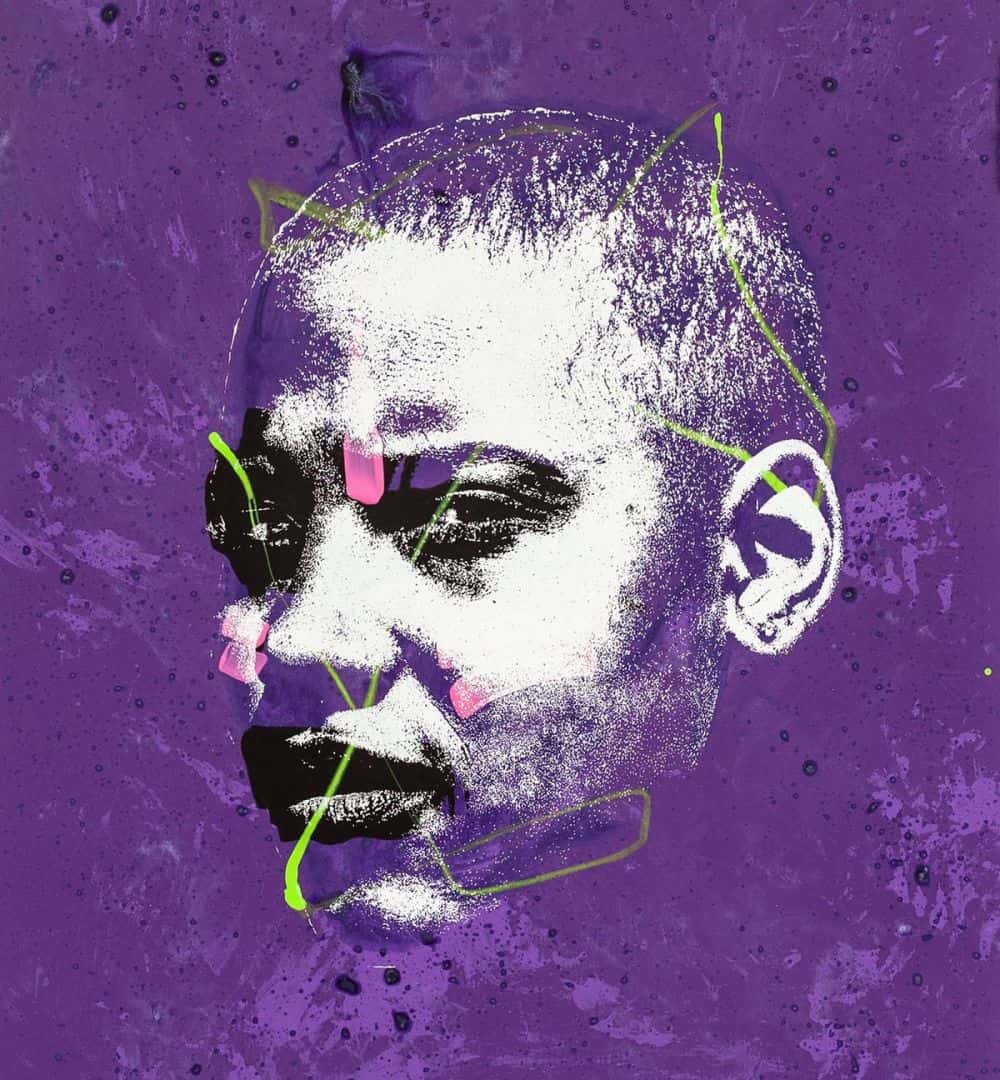
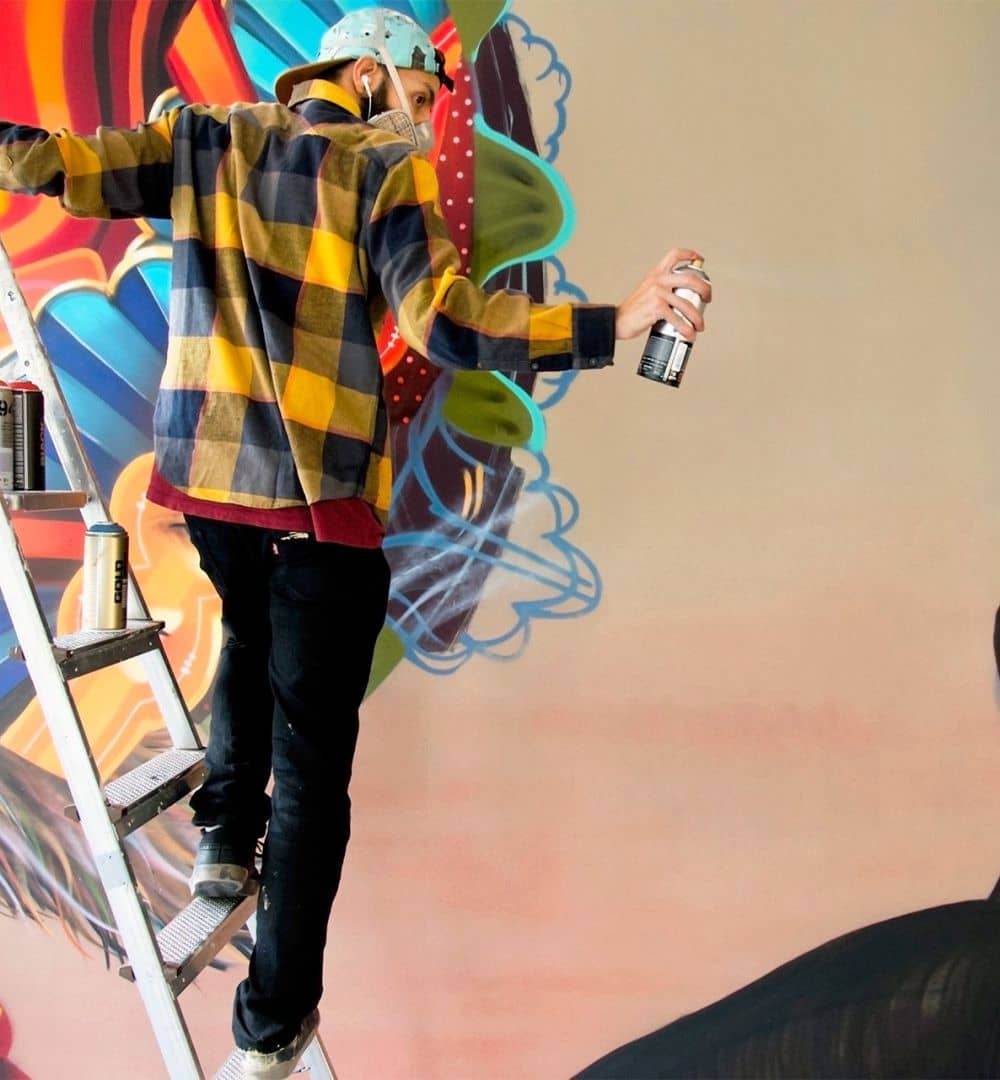
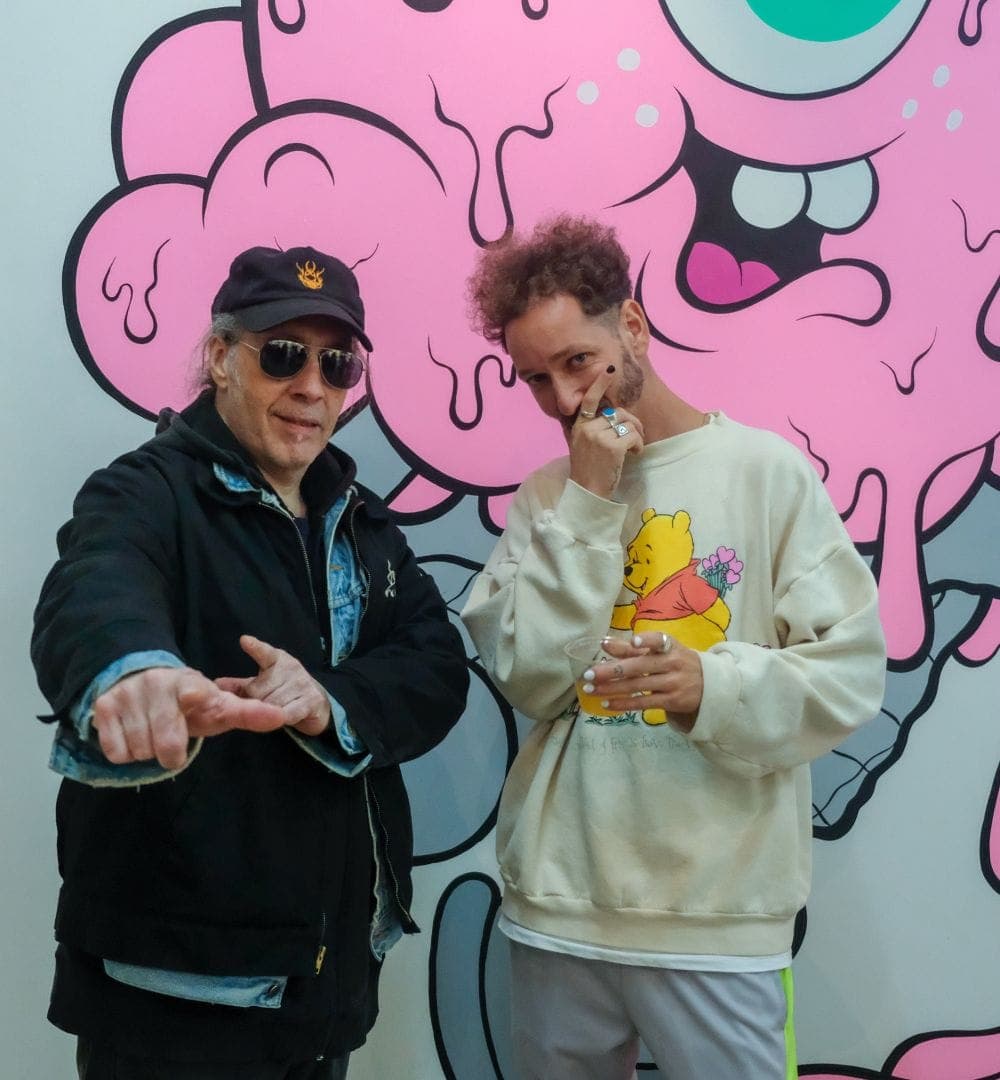
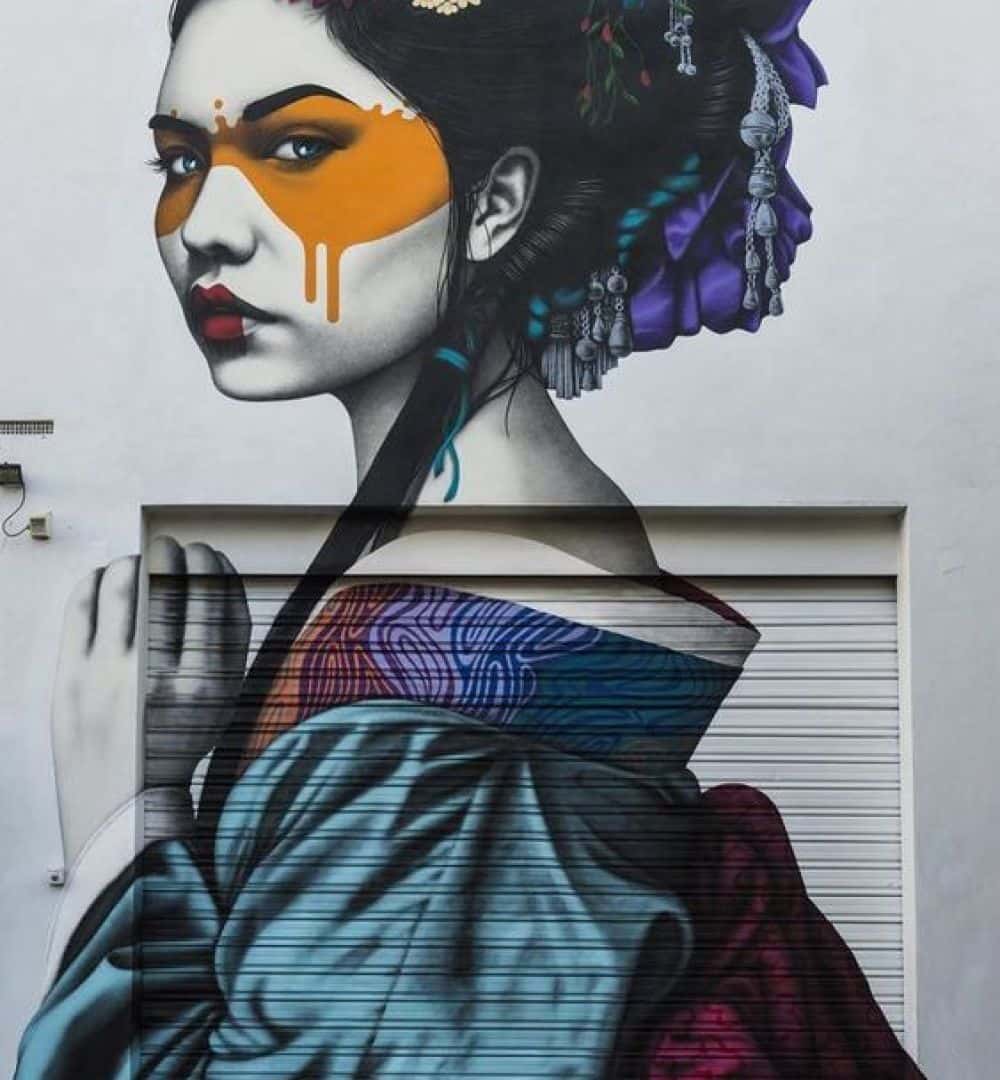

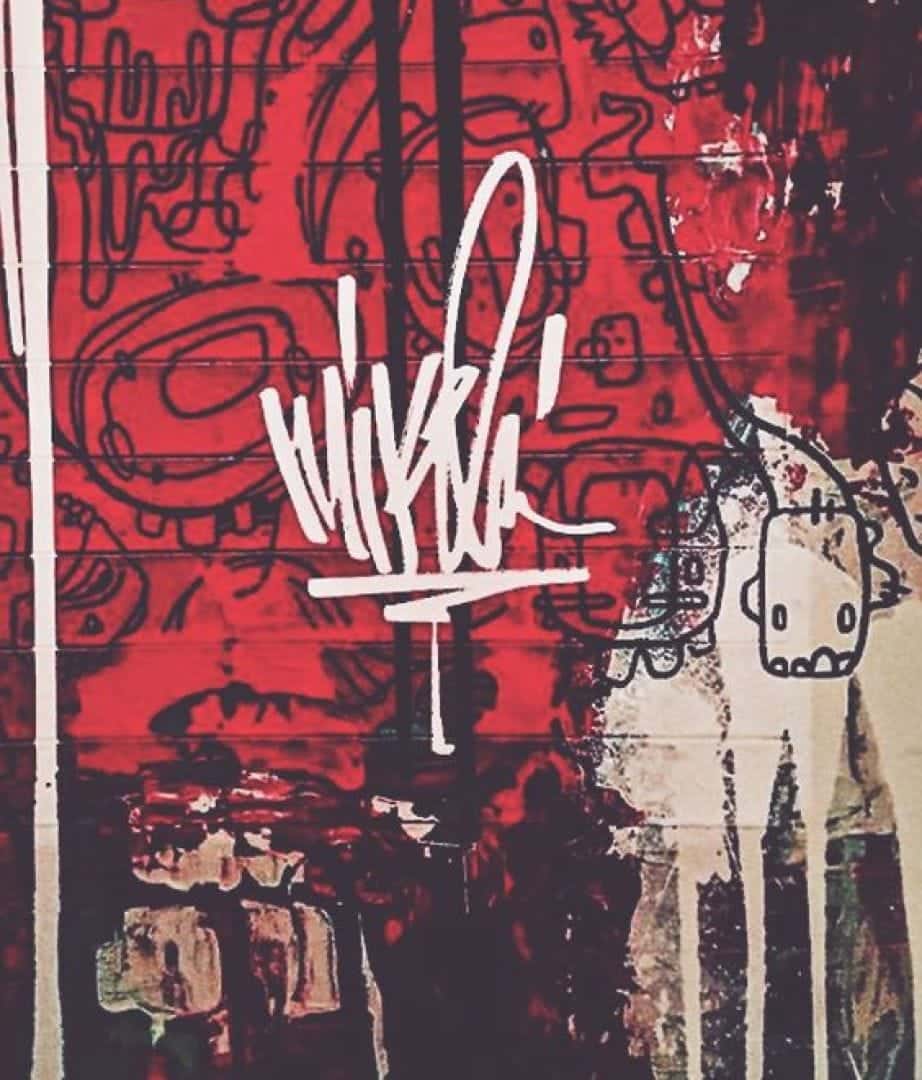
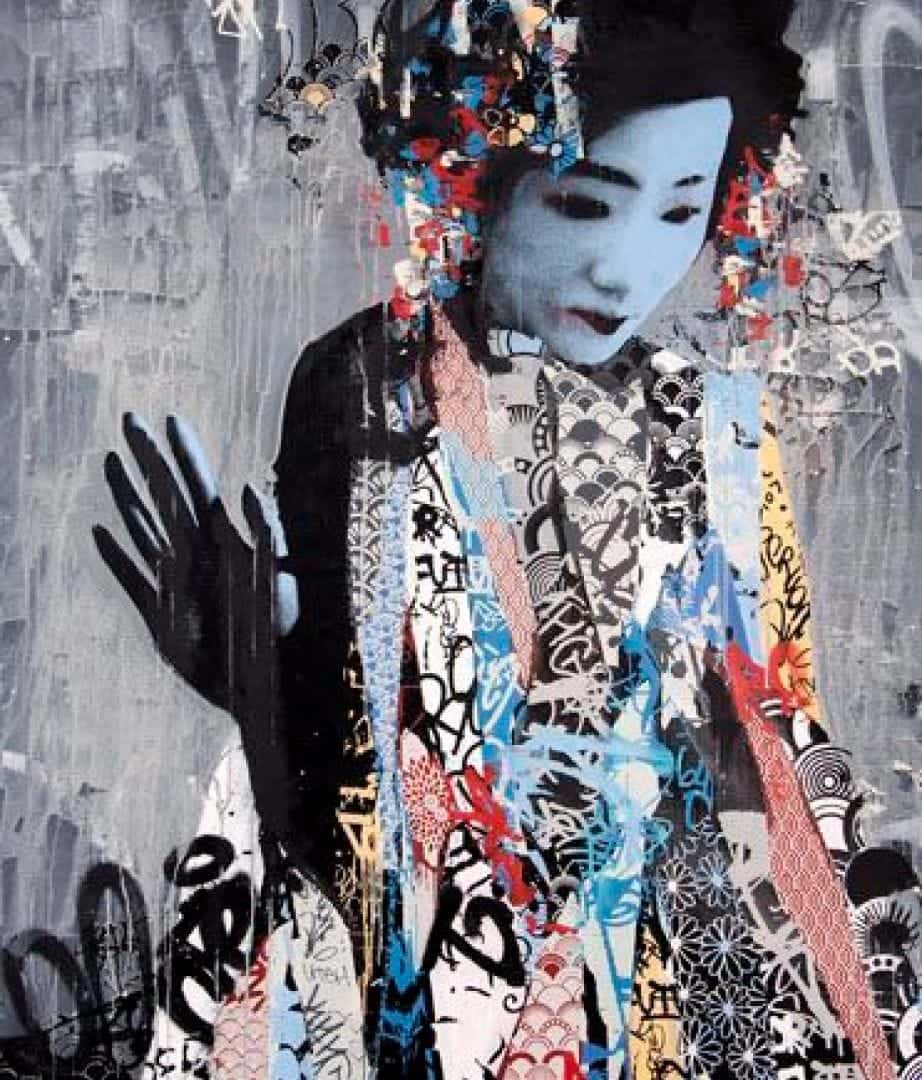
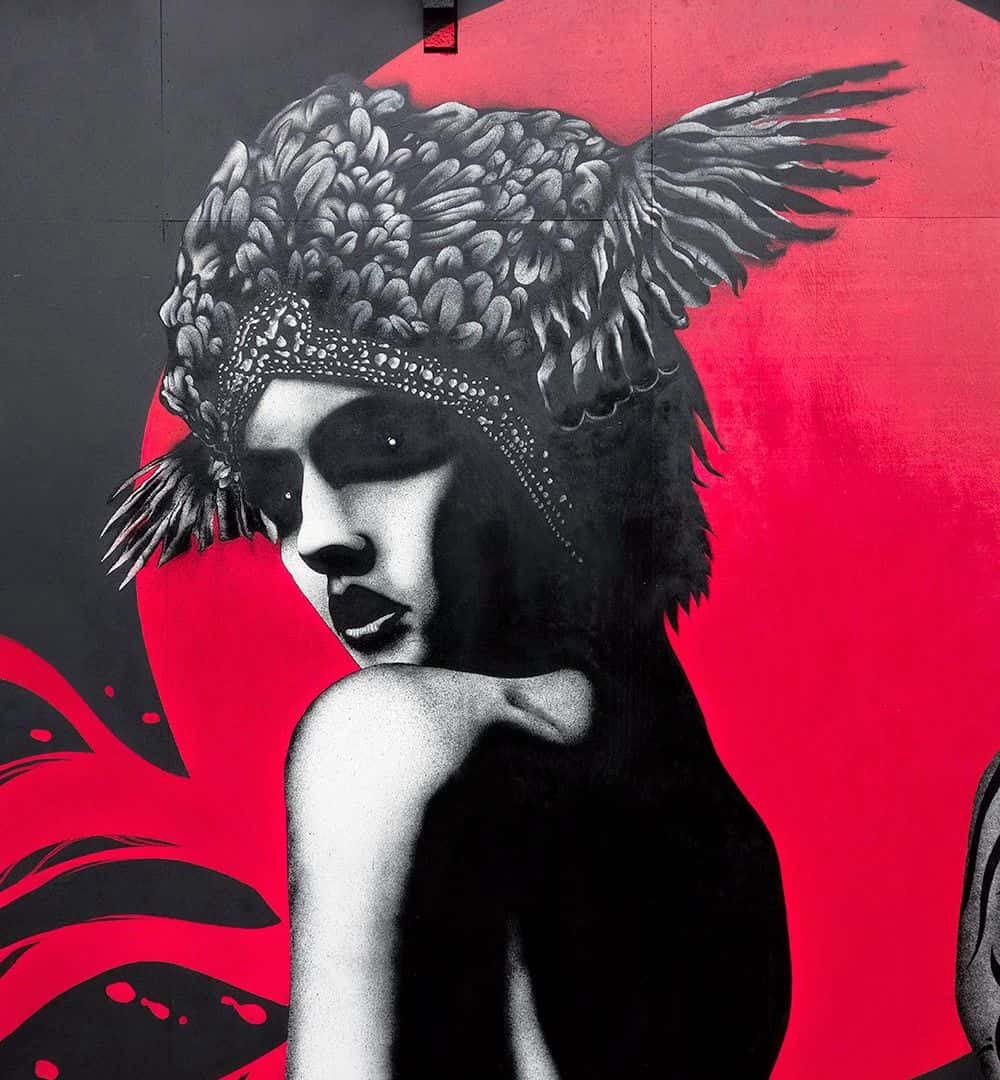
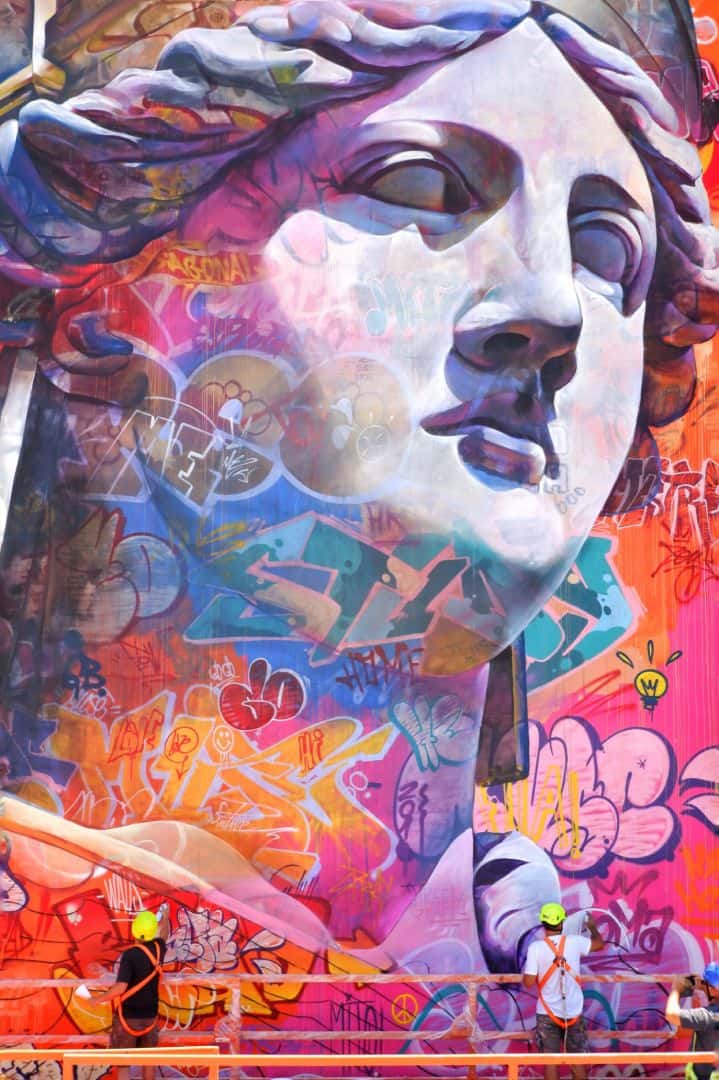


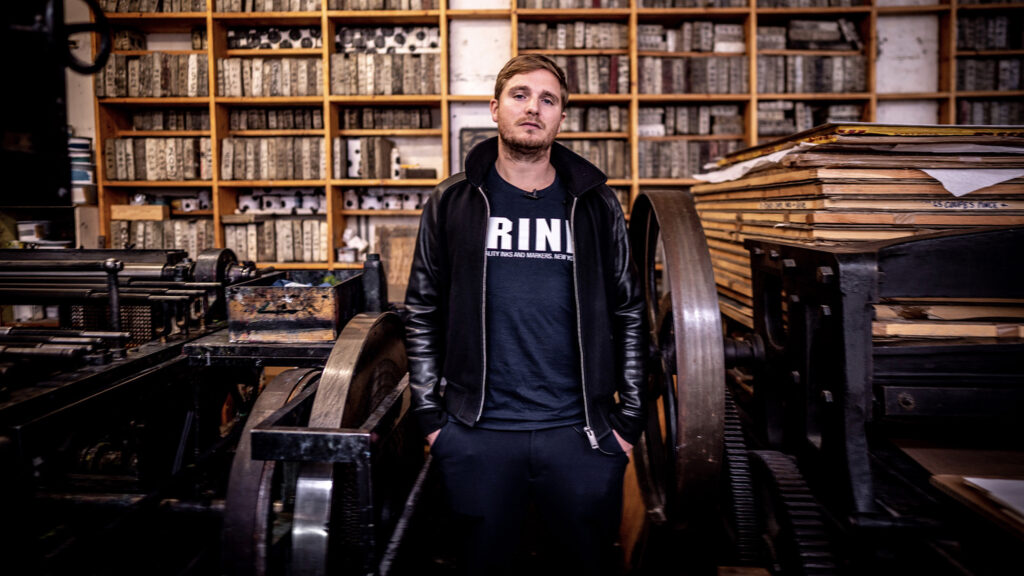
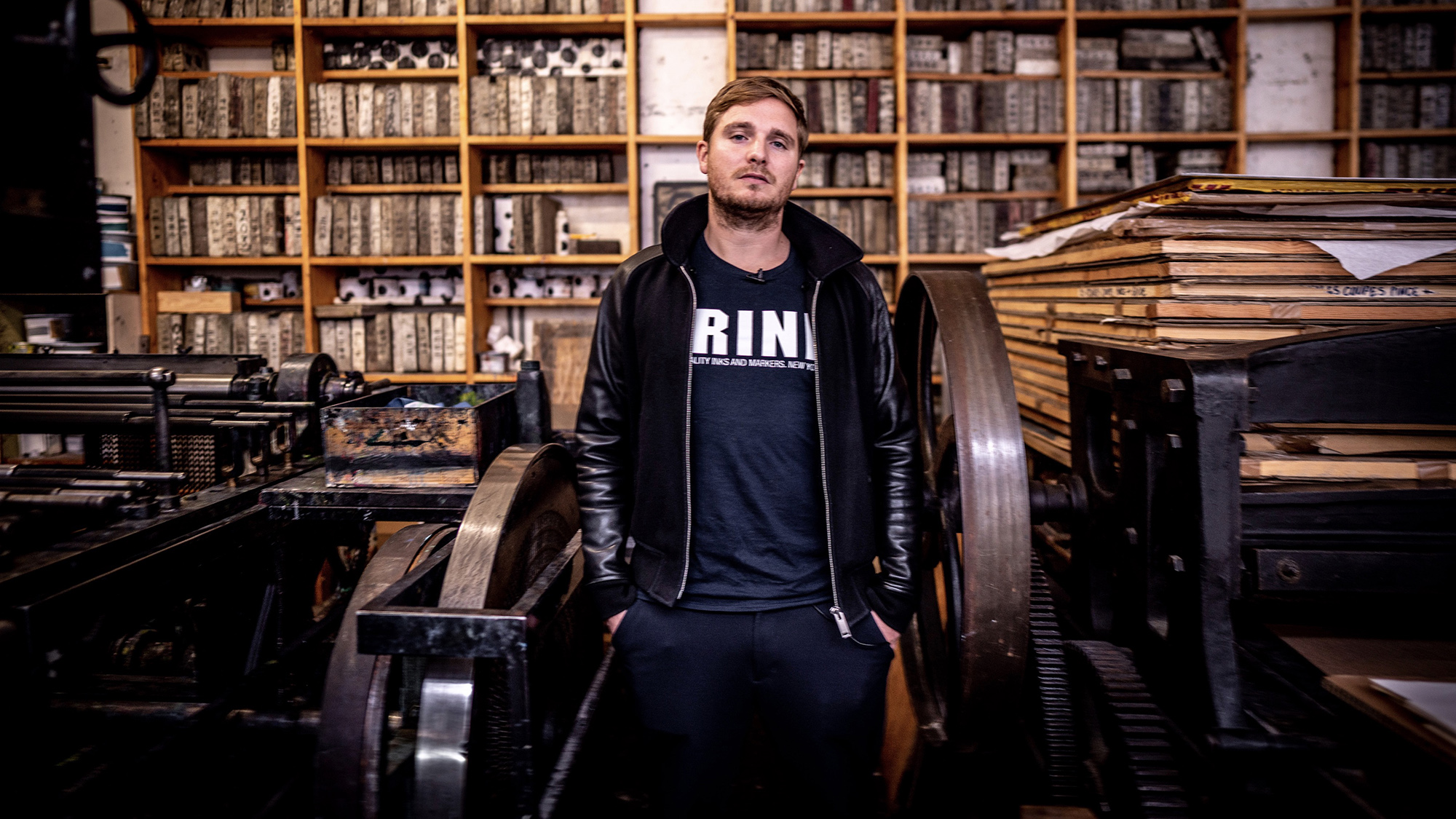
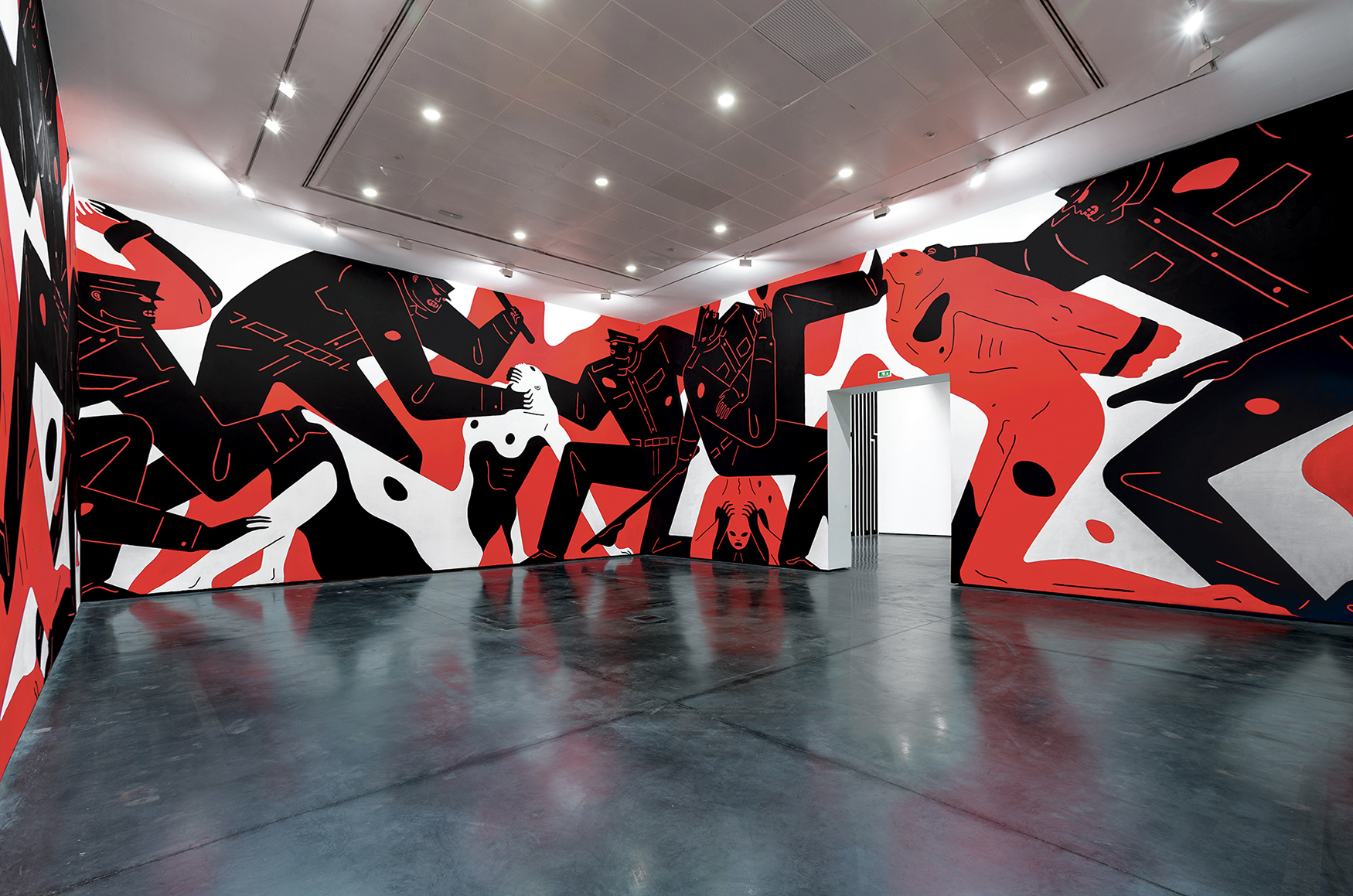
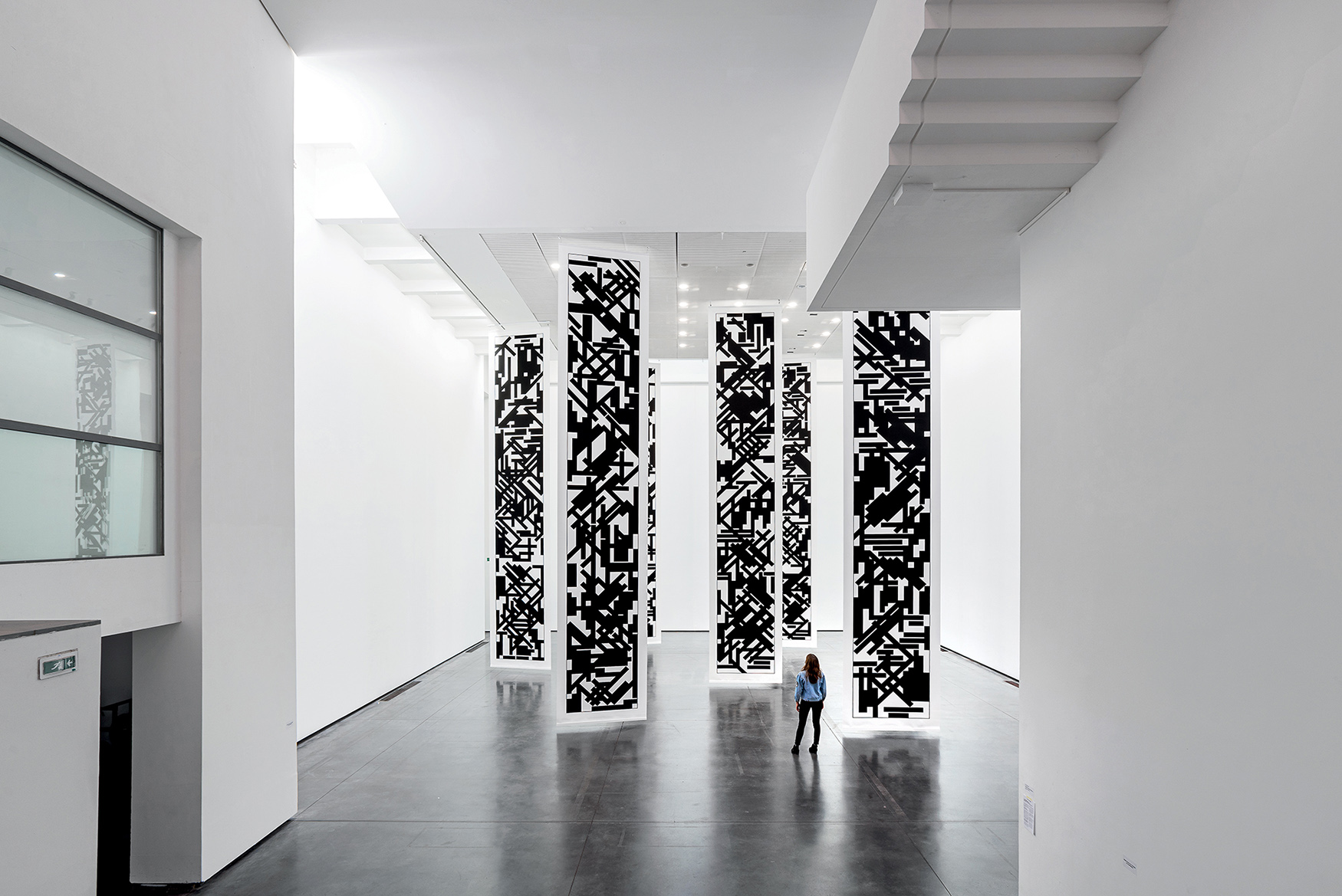
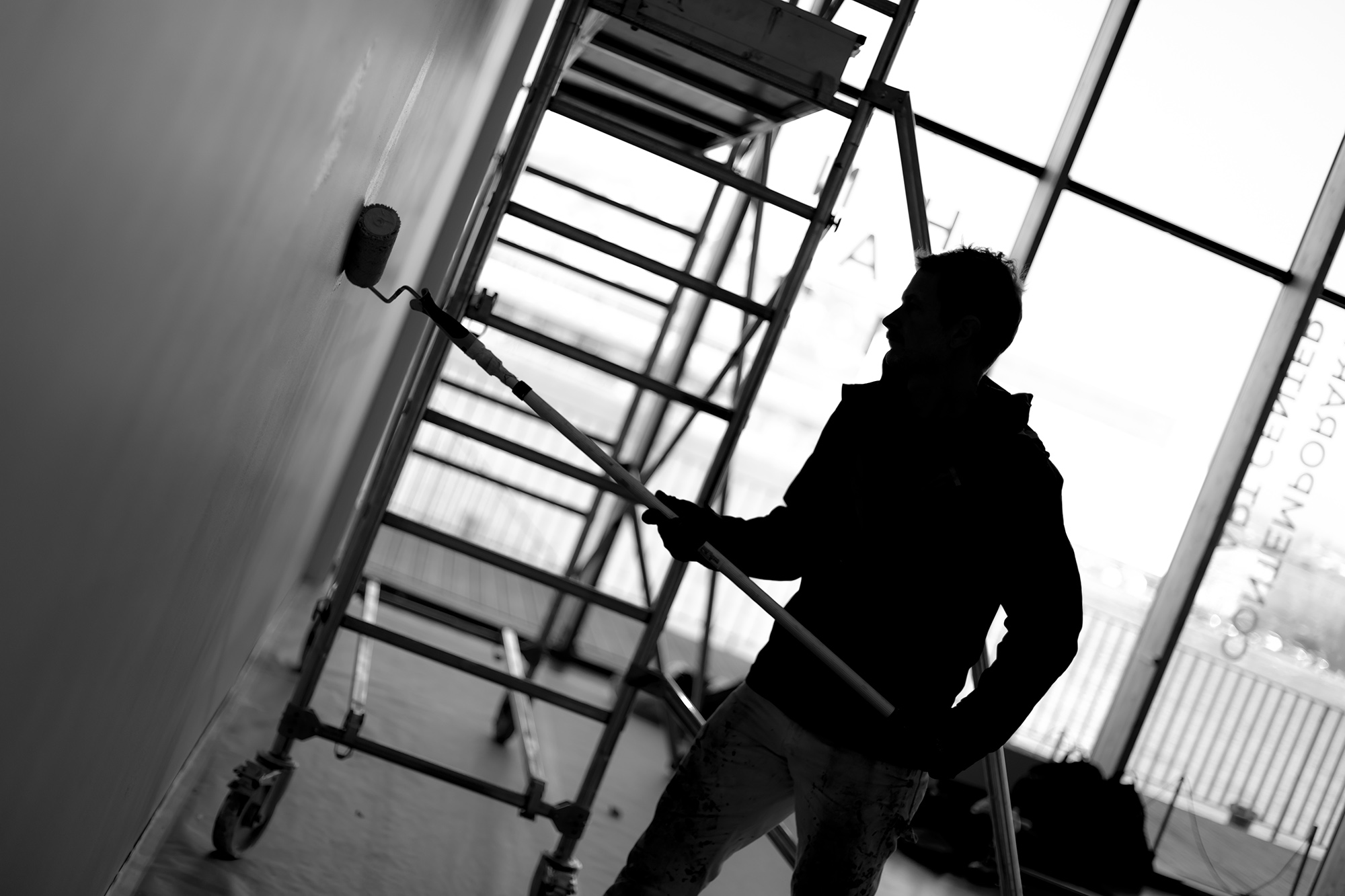
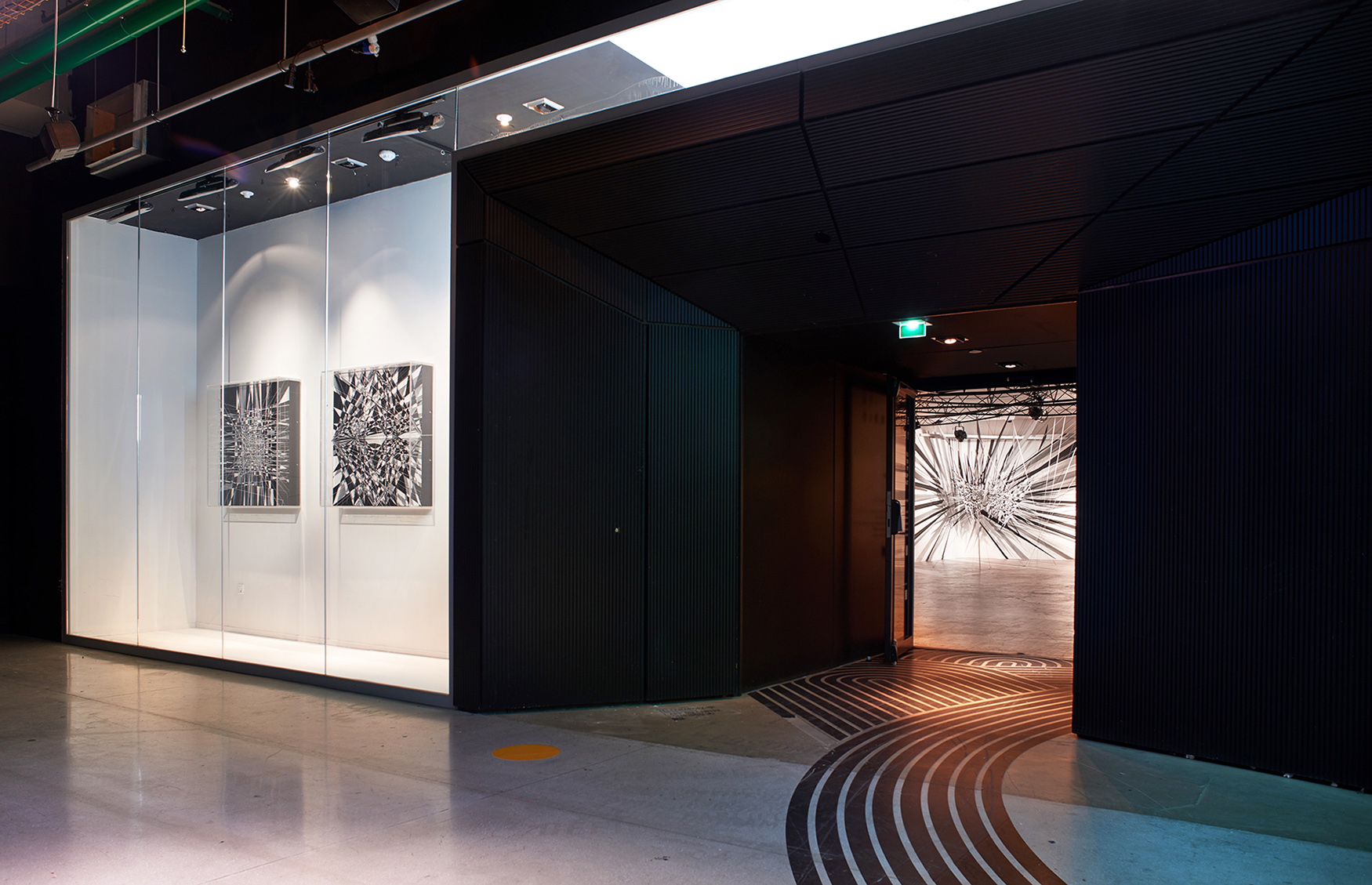

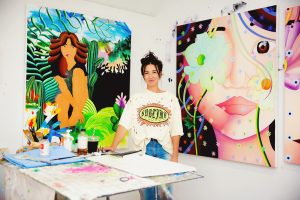
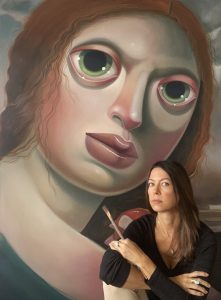
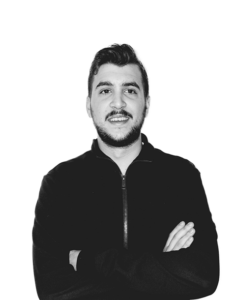

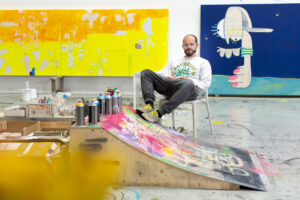
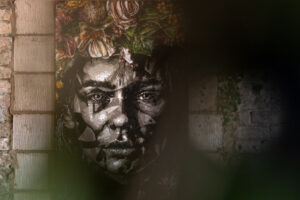
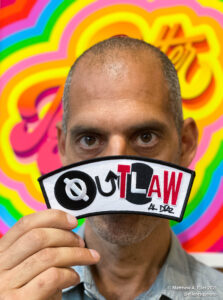
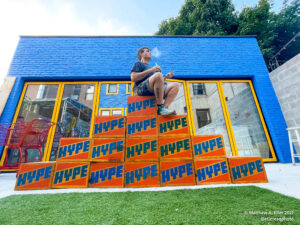
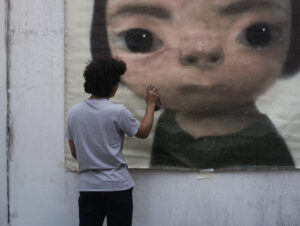
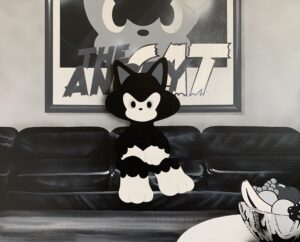
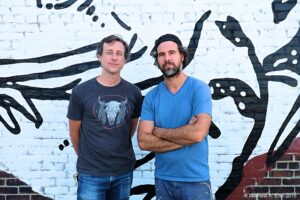
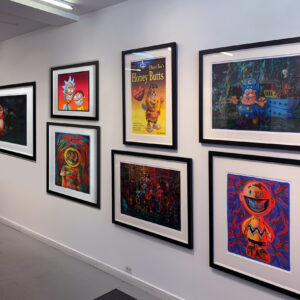
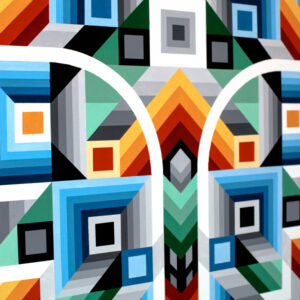
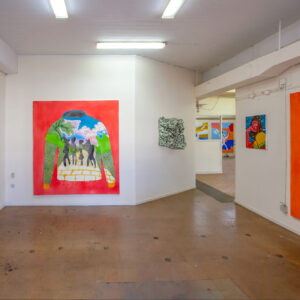
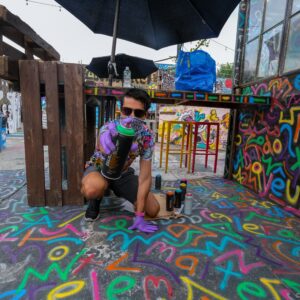
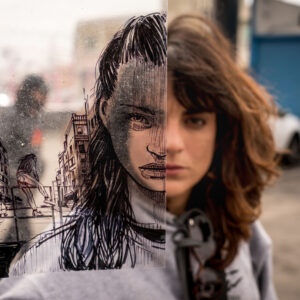
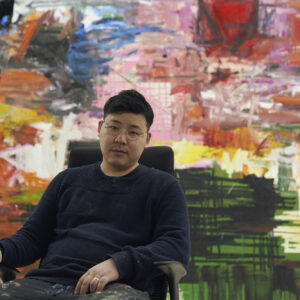
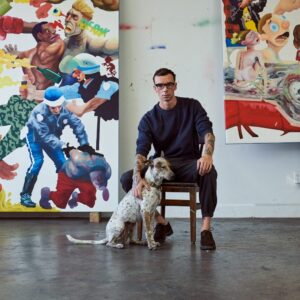
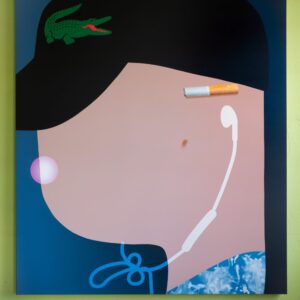
comment